This guide explains what businesses must know about packaging symbols related to recycling and sustainability in the United States. Some markings and symbols are mandated by law, while others are voluntary.
It is also important to avoid making claims about packaging recyclability and sustainability that cannot be proven.
Keep reading to learn more about Resin Identification Codes, 16 CFR Part 260, BPI Certification Mark, and other US packaging recycling and sustainability markings and symbols.
Content Overview

FREE CONSULTATION CALL (30 MIN)
 Ask questions about compliance requirements
Ask questions about compliance requirements Countries/markets:
Countries/markets:
 Learn how we can help your business
Learn how we can help your business
You will speak with:Ivan Malloci or John Vinod Khiatani
Resin Identification Code
The purpose of the Resin Identification Code (RIC) system is to help consumers and waste recovery facilities identify the different types of materials. This facilitates the sorting and recycling process. However, the RIC does not imply that packaging is recyclable.
Specifically, the RIC is a set of equilateral triangles containing a number in the middle and an abbreviated term below the triangle. The numbers and the terms are used to identify the plastic resin out of which the packaging is made (e.g., 1 = PET or PETE).
Are Resin Identification Codes mandatory?
We could not find any US federal regulation that mandates the use of the RIC or ASTM D7611/D7611M, which is the standard that currently sets the requirements for the use of Resin Identification Codes. However, many US states, such as California, have state laws that make the RIC mandatory for some products – plastic bottles, for example.
Additionally, as the RIC aids the recycling process, companies can benefit from using the system as more and more consumers choose to prioritize products that are perceived as more eco-friendly than their competitors.
Packaging materials
The RIC applies to products or packaging that are made of different types of plastics, such as PET or PVC. Here are some examples:
- Plastic bottles
- Plastic rigid containers
- Plastic jars
ASTM D7611/D7611M
The Society of the Plastics Industry (SPI) developed the RIC. In its original form, the symbols used as part of the RIC consisted of chasing arrows to form a triangle that enclosed a number.
The ASTM (American Society for Testing and Materials) adopted the RIC system under the standard ASTM D7611/D7611M – Standard Practice for Coding Plastic Manufactured Articles for Resin Identification, and revised the symbol in 2013 by changing it to a triangle to avoid misunderstandings on its meaning and use.
The reason is that the chasing arrows are commonly associated with “recyclable products”, while the goal of the RIC is to identify resin content, not to state if a certain product or packaging is recyclable.
Requirements
ASTM D7611/D7611M specifies the coding numbers for 7 types of resins below:
| Material / Substance | Code | Number |
| Polyethylene terephthalate | PETE or PET | 1 |
| High-density polyethylene | HDPE or PE-HD | 2 |
| Polyvinyl chloride | V or PVC | 3 |
| Low-density polyethylene | LDPE or PE-LD | 4 |
| Polyethylene | PP | 5 |
| Polystyrene | PS | 6 |
| Other resins | Other | 7 |
It also outlines that environmental claims such as “recyclable” should not be used near the RIC, as the code doesn’t imply product recyclability.
State regulations
The Plastics Industry Association (PLASTICS) surveyed the US and found that at least 36 states mandate the usage of RICs to specify the main resin type used in some plastic-containing products.
Here are some examples of states that require you to use RICs:
- California
- Florida
- Georgia
- Illinois
- Michigan
- New Jersey
- North Carolina
- Ohio
- Texas
- Virginia
Note that requirements vary depending on the state.
Costs
You may need to invest in necessary lab testing to identify the materials that are used in your packaging in order to use the right RIC codes. You may also need new molds.

16 CFR Part 260 – Guides For the Use of Environmental Marketing Claims
16 CFR Part 260 sets guidelines that regulate the provision of environmental claims by providing the FTC’s views on deceptive and unfair claims. This section focuses on the guide’s requirements concerning packaging.
Packaging materials
16 CFR Part 260 does not explicitly list covered packaging materials. However, it does provide examples of packaging materials in the text, such as:
- Plastic beverage bottles
- Compostable packaging
- Paperboard packaging
- Cardboard boxes containing a plastic tray
General principles
16 CFR Part 260 sets general principles that apply to making environmental marketing claims.
Qualifications and disclosures
When making disclosures and claims of qualifications, you should:
a. Use plain language and large type to make environmental disclosures easy to read
b. Place disclosures close to the claim to avoid confusion
c. Avoid statements or visuals that contradict or distract from your disclosure
Distinction between the benefits of the product, package, and service
When making your claim, you:
a. Should specify whether your claim refers to the product, packaging, or service (e.g., clarify whether a new shower curtain or the plastic package it came in is recyclable)
b. Should avoid making unqualified claims if any minor components limit the recyclability of the packaging
c. Need to ensure your claim matches how consumers would interpret the packaging’s environmental impact
Overstatement of environmental attribute
When making claims about the packaging’s environmental attributes, you should:
a. Not exaggerate the benefits or environmental attributes of your packaging in your marketing
b. Avoid claiming environmental benefits that are insignificant or negligible
Comparative claims
When making comparative claims, you should:
a. State comparative environmental claims clearly to prevent confusing consumers
b. Substantiate your comparative claims with verifiable evidence
Claims
16 CFR Parts 260.7 to 260.17 set out requirements for making the following types of claims:
a. Compostable claims – You should prove that materials safely break down into usable compost in the stated environment, and clearly disclose limits on home or facility composting availability.
b. Degradable claims – You should prove the decomposition of the packaging into natural elements within one year after customary disposal, and qualify claims if conditions or environments limit degradation.
c. Free‑of claims – You should ensure the packaging does not contain the stated substance except harmless traces, and avoid implying safety if similar harmful substances are present or relevant.
d. Non‑Toxic claims – You should clearly qualify the claim to avoid misleading interpretations (e.g., non-toxic both for humans and for the environment).
e. Ozone‑safe and ozone‑friendly claims – You should not claim ozone safety if the packaging contains ozone‑depleting substances or other ingredients that harm the atmosphere.
f. Recyclable claims – You can claim the packaging’s recyclability without further qualifications only if collection programs exist for at least 60% of consumers where the packaging is sold, and clearly state limits if access is restricted. Also, you should not market a package or product’s recyclability unless it can be collected by a recycling program and used to manufacture or assemble another product.
g. Recycled content claims – You should prove the percentage and type of recycled material, and clearly qualify claims if only part of the product or package contains recycled content.
h. Refillable claims – You should provide a practical system or product for refilling the package, and substantiate durability for the stated number of refills.
i. Renewable energy claims – You should substantiate that your manufacturing processes use renewable energy or are matched with renewable energy certificates, and specify the source of that energy to prevent misunderstanding.
j. Renewable materials claims – You should prove that the packaging materials are renewable, explain why, and qualify claims unless the product is entirely made from renewable materials.
k. Source reduction claims – You should provide evidence that the product or package uses less material than a prior version or competitor, and clearly state the basis of comparison.
Requirements
Marketers should ensure that interpretations of their environmental claims are based on “competent and reliable scientific evidence” produced from analysis, research, studies, or tests performed by qualified persons. The evidence should justify the marketing claims and be based on relevant accepted standards.
For example, marketers who make non-toxic claims should provide evidence that the package is not toxic for humans and the environment.
Additionally, if the context of the claim is unclear, the claim must specify whether it refers to the product or its packaging. For example, the labeling of a shower curtain’s plastic packaging as “recyclable” without a detailed explanation is a deceptive claim, as it doesn’t clearly indicate if it is the product, the packaging, or both that are recyclable.
Costs
Before you make environmental marketing claims, you need to have evidence to back up those claims. This evidence comprises, for instance, tests and analyses, which have a cost. Different testing laboratories specify different testing fees. As such, you should contact the relevant labs for information about how much you need to pay for testing.
USDA Certified Biobased Product Label
The USDA BioPreferred® Program helps consumers correctly identify which packaging or products contain biobased content. According to 7 CFR Part 4270, the USDA Certified Biobased Product label should contain:
a. The Certification Icon that depicts “the symbols of the sun, the soil, and the aquatic environments”
b. One of three statements specifying whether the USDA certification applies to the product, packaging, or both
c. The letters “FP” indicate the product or packaging’s designation as being qualified for preferred federal purchasing (if relevant)
Is the Biobased Product label mandatory?
The USDA’s BioPreferred® Program has a voluntary labeling scheme that you can use for biobased products. It also has compulsory purchasing requirements for federal agencies and their contractors.
Voluntary labeling initiative
Companies can choose to participate in the BioPreferred® Program and apply to use the USDA Certified Biobased Product Label if their packaging meets the USDA’s biobased content and innovation criteria.
Once certified, they can display the Biobased Product label on the product, its packaging, and in marketing materials, provided that the label is used in exact, USDA-approved formats and in accordance with the approved uses.
Federal agencies
If you sell some types of products to federal agencies (including some types of single-use packaging), you must ensure that your product or packaging contains the minimum set of biobased content and complies with the requirements of the program.
Packaging materials
Here are some examples of packaging materials listed on the USDA’s BioPreferred® webpage:
- Packing material
- Shopping bags
- Trash bags
Requirements
The USDA BioPreferred® Program certification process consists of several steps:
1. Prepare and submit an application – You should complete the USDA’s standard application form (available on biopreferred.gov) for each product or product family. You should also agree to keep the USDA updated with accurate product information. After you apply for certification, the USDA reviews your application’s completeness and eligibility. If information is missing, you need to provide that information before the USDA can proceed.
2. Receive prequalification approval – If your application passes the initial review, the USDA issues you a conditional approval (prequalification) allowing you to proceed to biobased content testing. If it fails, the USDA will explain to you why your application failed the review.
3. Biobased content testing – If you prequalify, you should then get your product tested for biobased content according to the ASTM D6866 method using an approved third‑party lab. After you get your product tested, the USDA reviews the test results to confirm whether your product meets or exceeds the applicable minimum biobased content for its category.
4. Receive official certification notice – If your product meets all requirements, the USDA issues you a certification notice with the certification date, product name, and certified biobased content. You can use the USDA Certified Biobased Product Label and Certification Icon only after you receive this notice.
5. Maintain and renew certification – Certification lasts five years. You need to notify the USDA within 30 days of any changes to product formulation, brand details, or other key information. You should also retest your product before renewing certification. If you fail to renew your certification or maintain compliance, your certification can be suspended or revoked.
Costs
According to the USDA’s FAQ page about the BioPreferred program, you can apply for certification and labeling, and participate in the program for free. However, companies still need to pay for product testing (and re-testing, if needed) and shipping. According to the FAQ, testing costs around USD 400 per sample.
BPI Certification Mark
The Biodegradable Products Institute (BPI) is an organization that advocates the use of biodegradable and compostable materials. The BPI Certification Mark Scheme allows companies to verify the compostability and biodegradability of their products or packaging via relevant ASTM standards.
Is the BPI Certification Mark mandatory?
According to our research, you are not mandated to use the BPI Certification Mark on your products or packaging. However, you may benefit from using the BPI Certification mark, as you can use it to indicate the compostability of your product and packaging, and attract consumers and retailers interested in sustainability.
Packaging materials
The BPI Certification Mark can be applied to packaging and products such as:
- Packaging of consumer products
- Cups
- Bags
Requirements
The BPI provides a 6-step checklist that you should complete if you wish to achieve BPI Certification:
1. Pre‑assessment – Confirm your product’s qualification, decide how you want to display the mark, and submit the required documentation and payment so BPI can start reviewing your application.
2. Testing – Get a testing plan from BPI’s technical reviewer and arrange for a BPI‑approved lab to run the required tests on your product.
3. Technical review – Send product samples and official test reports directly to a BPI technical reviewer to confirm product conformity.
4. Artwork review – Submit your product and packaging artwork for approval to ensure that you use the BPI Certification Mark correctly and meet all compliance requirements.
5. Membership – Sign the BPI License Agreement, pay your membership and licensing fees, and finalize your participation as a certified member.
6. Certification complete – Receive your official BPI certificate, final review summary, and online catalog listing. You can then apply the mark to your product.
Costs
The BPI website showcases fees for certification, membership, and sub-licensing. For example, an application for a new certification costs USD 1,500.
How2Recycle Label
How2Recycle began as a Sustainable Packaging Coalition project, and launched its How2Recycle Label program to help ensure consumers place more products in recycling bins. Specifically, How2Recycle gives companies and packaging suppliers a single, consistent label format to clearly inform consumers how they can correctly dispose of their packaging.
Is the How2Recycle label mandatory?
Although we could not find a statement on the How2Recycle website that specifies whether the symbol is voluntary, as far as we know, there are no federal regulations that mandate its use.
Packaging materials
The How2Recycle website specifies the usage of its label on high-density polyethylene (HDPE) and low-density polyethylene (LDPE) packaging items, such as:
- Bread bags
- Cereal bags
- Grocery bags
- Newspaper bags
- Plastic mailers
- Plastic stretch wraps
- Produce bags
- Wraps for paper products (e.g. paper towels, diapers)
Requirements
According to GreenBue – How2Recycle’s parent organisation – you can apply to be a How2Recycle member as a brand if you want to print H2R labels on your packaging artwork. If you are a non-brand (material manufacturer or converter) and want pre-qualified H2R labels for your products, you can also apply to be a member.
To apply for membership, you should complete the form online.
The process requires that you:
1. Create a company account on the member platform
2. Select your company size and member type
3. Complete the process by:
- Paying an extra fee if you propose an edit to the agreement
- Reviewing and signing the membership agreement
Costs
Your annual membership fee depends on your company’s annual gross revenue, as well as whether you are, or are not, a member of the Sustainable Packaging Coalition (SPC). Regardless of your company size or membership type, you need to pay a one-time setup fee of USD 1,750.
You can find the specific membership dues on GreenBlue’s membership page.
FSC Labels
The Forest Stewardship Council (FSC) promotes responsible forest management and allows certified companies to use one of the following three labels on their products and packaging:
- FSC Recycled
- FSC Mix
- FSC 100%
FSC Recycled label
The FSC Recycled label indicates that the product or packaging consists entirely of recycled materials.
FSC Mix label
The FSC Mix label indicates that the product or packaging was manufactured using a mixture of:
- Materials from forests certified by the FSC
- Recycled materials, and/or
- FSC-controlled wood
FSC 100% Label
According to the FSC’s explanatory video about the FSC 100% label, FSC-certified forests are audited by independent third-party certification bodies to ensure responsible forest management.
The FSC also claims that the “100%” claim refers to how forest-based materials in a product or packaging come from FSC-certified forests.
Are the FSC labels mandatory?
As far as we know, getting certified by the FSC and subsequently using the FSC labels on your products or packaging is voluntary.
You could, however, benefit from using an FSC label on your product or packaging to attract consumers and retailers interested in product sustainability.
Packaging materials
The FSC certifies various types of products and packaging. This includes packaging made on the following materials:
- Forest-fibre
- Paper and paperboard
- Cardboard
Requirements
According to the FSC’s FAQ pages, there are five steps to get FSC-certified.
1. Contact a certification body – You should contact FSC-accredited certification bodies to request a quotation.
2. Application and agreement – Next, submit a certification application and sign an agreement with your chosen certification body.
3. Complete an on-site audit – You should have your chosen certification body complete an on-site audit to ensure that you have either a Forest Management System or a Chain of Custody Management System in place.
4. Certification approval – If your chosen certification body decides that your company passes the audit, you receive the FSC certification. If not, you should take corrective action and undergo a re-audit.
5. Annual audit – FSC certification lasts five years. Once certified, you should undergo an annual audit to ensure you continue to comply with the FSC’s certification requirements.
Costs
Prices for on-site auditing may vary between FSC-accredited certification bodies. You should contact FSC-certified agencies for a quotation.

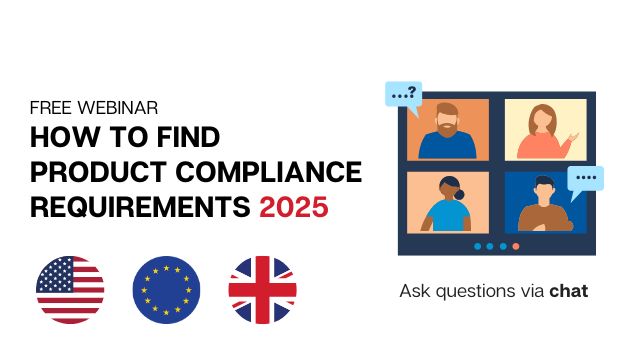





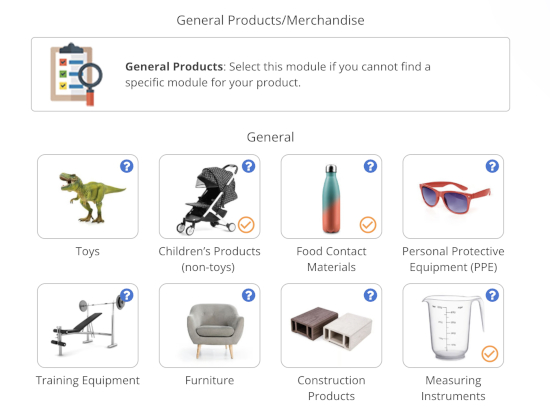






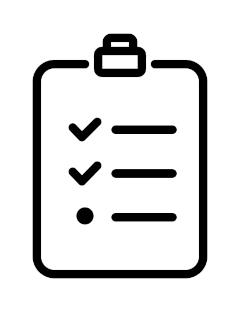


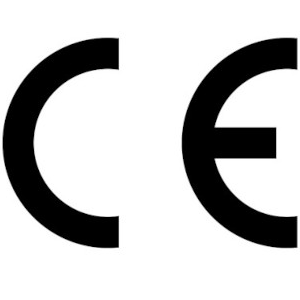




.png)
.png)
.png)
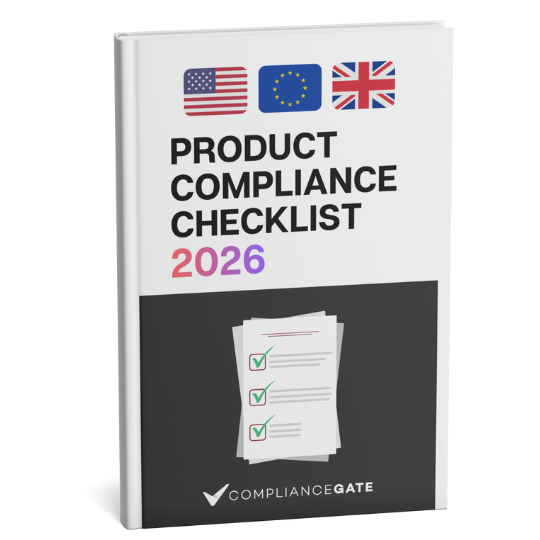
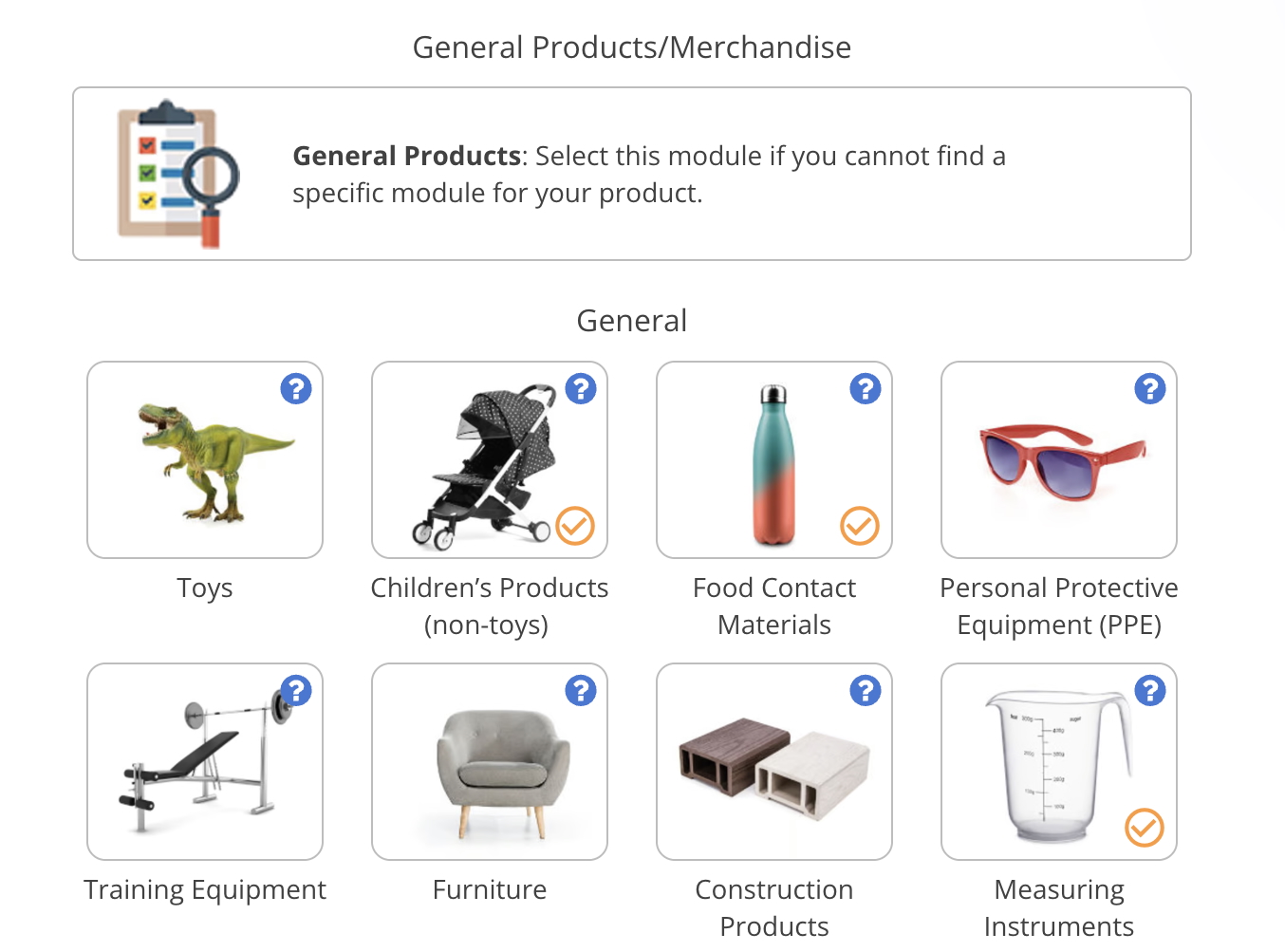



I believe the video is somewhat outdated and should be removed from this article. The video discusses the Mobius loop, but California regulations are very clear that the Resin Identification Code (RIC) must be represented by a set of equilateral triangles containing a number, as explained in this article.
My question is about companies that sell the same packaging in both the EU and the US: should they include both symbols—the equilateral triangle and the Mobius loop?
Thanks.
Offering clarity on second paragraph under California SB-343 on RIC and use of same with and without chasing arrows. From the bill:
(4) Existing law requires all rigid plastic bottles and rigid plastic containers sold in the state to be labeled with a code that indicates the resin used to produce the bottles or containers, with specified numbers and letters placed in relation to a triangle.
This bill would prohibit the resin identification code from being placed inside a chasing arrows symbol, unless the rigid plastic bottle or rigid plastic container meets the requirements for statewide recyclability.
Hello, I am curious about the fork, knife, plate symbol. That symbol is required for a package in Thailand. If we want to use the same packaging in the US and Canada is that OK? Can the package be used throughout all supply chain or would there need to be separate ones?
Clear article/information. What I am wondering: Does an assembled product (which cannot be taken apart normally) of different plastics (PP (92%) and PE (8%)) also need to have the RIC on it? And if so which code (5 PP, 7 OTHERS)?